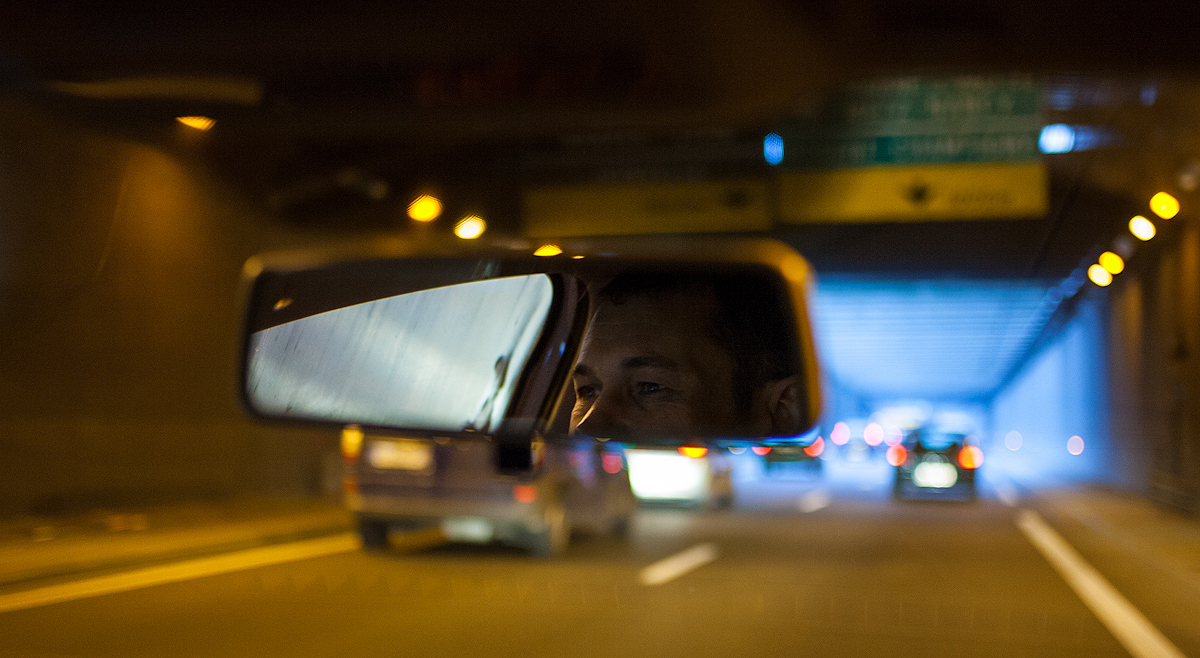You may well have heard of the two distinct types of sleep: rapid eye movement (REM) sleep and the deeper non-rapid eye movement (NREM) sleep. During sleep, most people tend to experience both kinds in cycles, drifting in and out of REM and falling into a NREM state.
However, you may not be aware of a third state of sleep, commonly referred to as microsleep. Unlike standard sleeping patterns, microsleeping often occurs as an involuntary reflex, usually caused by sleep deprivation. It can be extremely dangerous, especially when it occurs during activities like working or driving.
Understanding microsleep
A microsleeping episode is when a person’s brain falls asleep for a very short period of time – usually between half a second and a minute. During this time, the eyes might be open or closed, and the sleeper is likely unaware they have fallen asleep. Other signs of microsleep include lapses in concentration. Microsleeping can be mistaken for minor seizures, a poor attention span, or a temporary loss of muscle control.
Microsleep is most dangerous when it occurs at the wheel, as it can cause drivers to veer off the road or crash. It is also extremely dangerous if it happens at work, especially when a person operates machinery. Frequent episodes of microsleep, with attacks several times a day, are a classic symptom of the condition narcolepsy.
Sleep apnea and microsleep
The most common cause of microsleep episodes is a lack of good quality sleep. Overtiredness can cause the brain to malfunction and shut down for short periods. A classic cause of interrupted sleep is obstructive sleep apnea (OSA), which reduces or stops breathing function during sleep – and therefore interrupts sleep quality. This can cause severe tiredness, and this in turn can lead to microsleep episodes during the day.
In order to reduce the risks posed by microsleep attacks, it is important for OSA sufferers to seek help for their condition. Getting a good night’s sleep is the best way to tackle overtiredness and reduce the risk of having a microsleep episode. Using a sleep apnea machine with a comfortable fitted mask is a proven way of reducing apnea attacks, which in turn should reduce or stop incidences of microsleep. Contact us today for more information.

